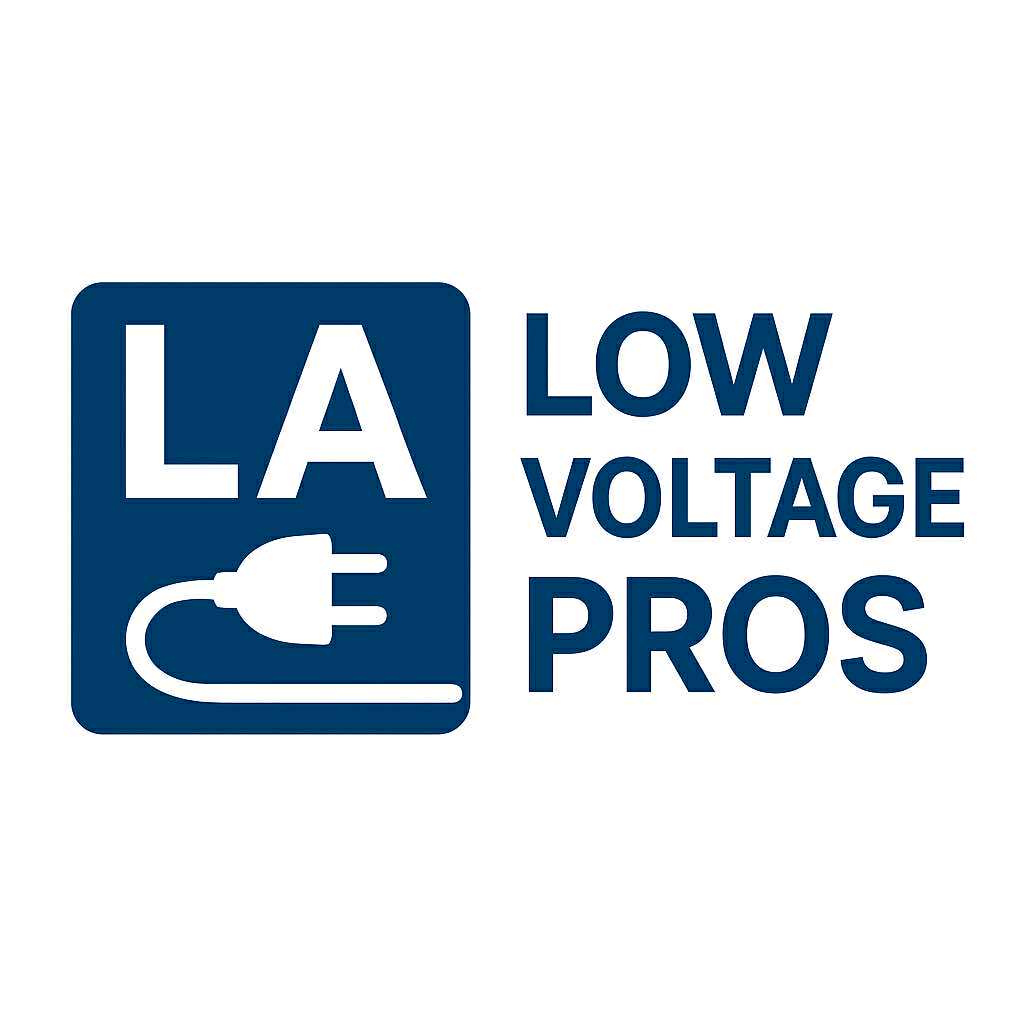Common Low Voltage Installation Mistakes in Los Angeles and How to Avoid Them
Low voltage installations, including structured cabling, security systems, and network wiring, are critical for both residential and commercial properties in Los Angeles. Proper installation ensures reliability, safety, and performance. However, mistakes during installation are common and can lead to system failures, higher costs, and safety hazards. Understanding these mistakes helps property owners and technicians avoid costly errors and ensure systems operate efficiently.
1. Incorrect Cable Selection
Choosing the wrong type of cable for a low voltage system is a frequent mistake. In Los Angeles, where both commercial and residential buildings vary in age and construction, it is important to use cables rated for the specific application. For example, using standard network cables in high-interference environments can cause signal degradation. Always ensure the cable meets required standards for data transfer speed, shielding, and environmental conditions.
2. Poor Cable Management
Disorganized cables not only look unprofessional but can also create maintenance challenges and reduce system performance. In low voltage installations, proper labeling, bundling, and routing of cables are essential. Poor cable management can result in signal interference, difficulty in troubleshooting, and increased wear over time.
3. Overcrowded Conduits
Trying to fit too many cables into conduits can cause overheating and damage the insulation. Overcrowding also makes future upgrades or repairs challenging. Installers should calculate conduit fill properly and ensure cables have enough space to prevent bending and pressure on the wires.
4. Inadequate Grounding and Bonding
Grounding is a critical part of low voltage systems, especially for security systems, fire alarms, and audio-visual networks. Improper grounding can lead to equipment failure, safety hazards, and signal interference. Ensure that all metallic components are correctly bonded and grounded according to electrical codes.
5. Ignoring Environmental Conditions
Los Angeles has a mix of coastal, urban, and high-temperature environments. Installing cables and equipment without considering environmental factors like moisture, heat, or sunlight can reduce the lifespan of components. Outdoor-rated cables and weatherproof enclosures are essential for exterior installations.
6. Improper Termination
Cable termination requires precision. Loose connections, incorrect crimping, or poorly punched-down wires can result in intermittent connectivity issues or complete system failure. Every connection should be tested to ensure signal integrity and compliance with standards.
7. Not Testing the System
One of the most common mistakes is failing to perform thorough testing after installation. Testing ensures that all connections are working correctly and that the system performs as intended. Skipping this step can lead to unnoticed faults, resulting in expensive troubleshooting later.
8. Neglecting Code Compliance
Local regulations in Los Angeles dictate how low voltage systems should be installed, including spacing, conduit usage, and grounding. Ignoring these requirements can lead to legal issues, fines, or unsafe installations. Always follow the latest codes and standards for both safety and performance.
9. Overlooking Future Expansion
Planning only for current needs can be short-sighted. Low voltage installations should consider future expansions, such as additional cameras, network devices, or smart home upgrades. Not leaving room for growth can result in costly reinstallation or system modifications.
10. Using Low-Quality Components
Cutting costs on materials often leads to repeated failures. Low-quality cables, connectors, or devices can degrade quickly, resulting in downtime and extra maintenance. Investing in quality components ensures longevity, reliability, and better performance.
Conclusion
Low voltage installations are an investment in the efficiency, security, and functionality of a property. Avoiding common mistakes such as incorrect cable selection, poor management, inadequate grounding, and lack of testing is critical. By following proper installation practices and considering both current and future needs, Los Angeles property owners and technicians can ensure reliable, high-performing low voltage systems.
FAQs
Conclusion
Low voltage installations are an investment in the efficiency, security, and functionality of a property. Avoiding common mistakes such as incorrect cable selection, poor management, inadequate grounding, and lack of testing is critical. By following proper installation practices and considering both current and future needs, Los Angeles property owners and technicians can ensure reliable, high-performing low voltage systems.
